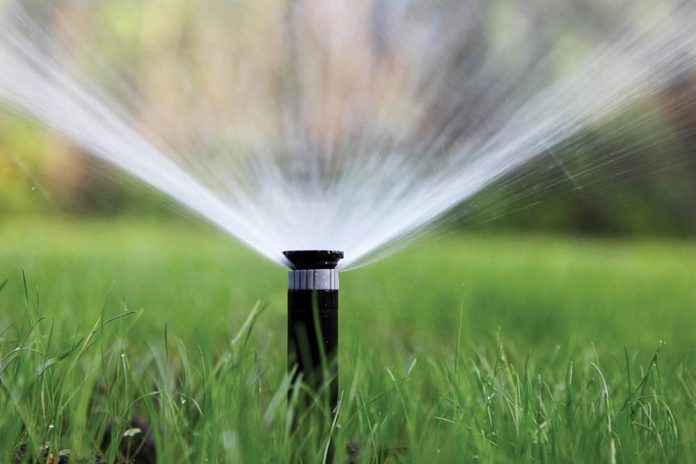Municipal water districts, homeowners, farmers and ranchers with their own water wells face fee increases of 7.9 to 22.2 percent from the Santa Clara Valley Water District.
Well users don’t use the district’s treatment plants, pipes or pumping stations, but they do dip into the same groundwater resources, and the district uses the well-user fees, and rates by “retail” consumers to sustain the system.
The rate-setting process for the sprawling water district is scheduled to conclude on April 24, when the board meets to affirm rates it already approved. Public hearings were held April 10 and April 12 to explain the new rates.
Groundwater rates would rise up to 7.9 percent for non-agricultural water wells, and up to 22.2 percent for agricultural well users.
“As Santa Clara County’s primary water wholesaler, the water district strives to make sure there is enough clean, safe water to sustain the region’s economic vitality and quality of life,” the district said in a letter send earlier this month to all land owners who draw their drinking and irrigation water from private wells.
Much of the water used by Santa Clara County residents provided by the water district comes from so-called surface water sources—local reservoirs and water piped and pumped from the Sierras.
The water charges for these well help underwrite the costs of the infrastructure and services required to deliver clean, safe drinking water to county residents and businesses.
In addition to this week’s meeting, the rate-setting process also includes a formal protest procedure by which well owners, operators, and owners of land upon which a well is located can object to the proposed increase in rates.
The water district is allowed to charge for the protection and augmentation of water supplies from those who pump their own groundwater, which includes residences as well as “municipal systems, farms and ranches. Charges may be collected from all those within a zone who own or operate water-producing wells, whether currently active or not.
“The historic drought of 2012 to 2016 may be over, but drought conditions could return at any time,” the district warned. “In fact, this winter-to-date has been uncharacteristically dry, providing a sober reminder that we must make conservation a way of life. To prepare for the next drought, we must invest in large infrastructure projects.”
The district said seismic retrofits and upgrades at several dams, most notably Anderson Dam, are critical.
Well fees will rise by nearly 8 percent
AGRICULTURAL WELLS UP 22% IN NEW PLAN














